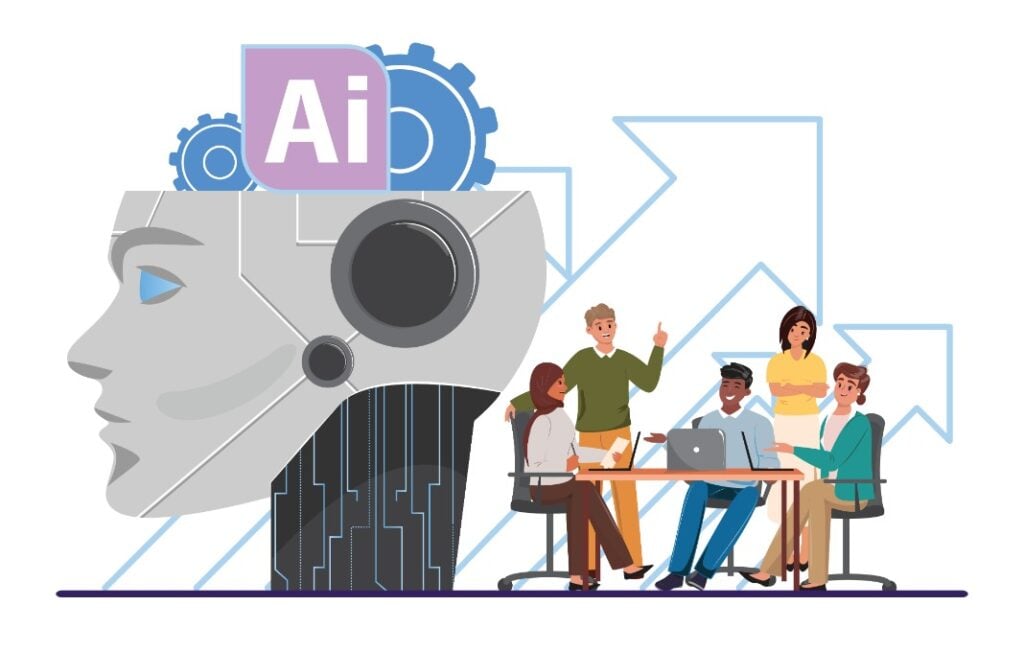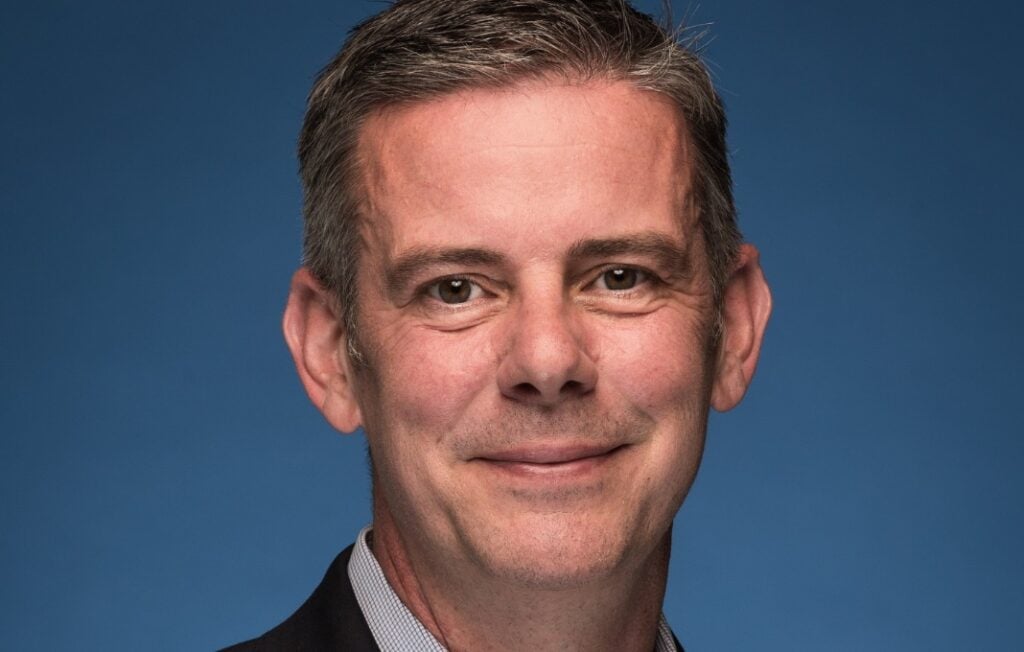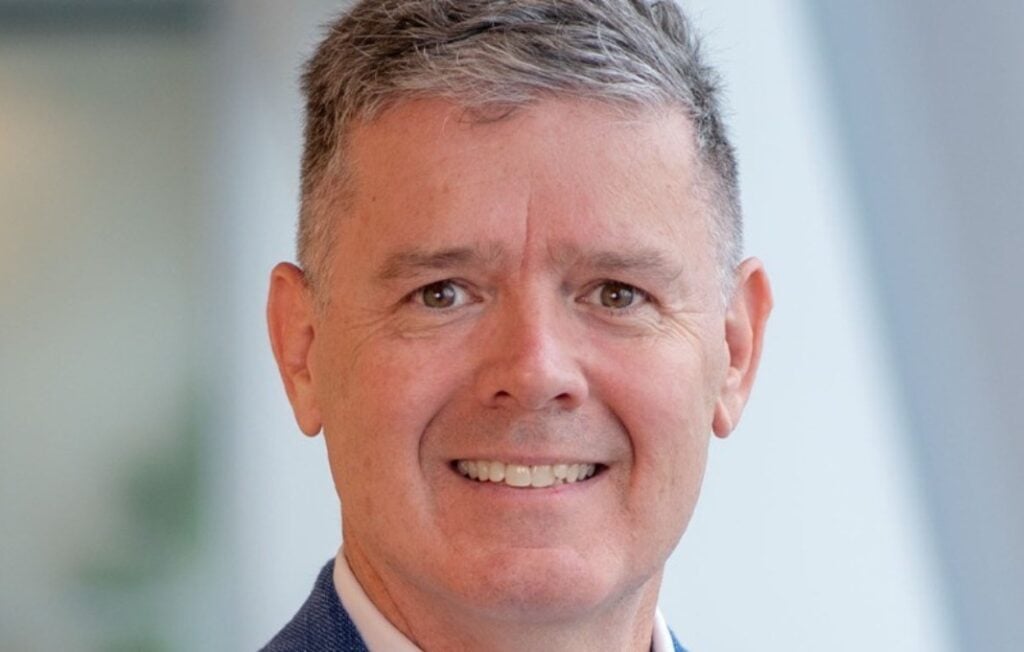As chief people officer for Versapay, Orit Kendal steers away from the term HR. “We intentionally use the term ‘people operations’ rather than HR, reflecting our belief that fostering talent and culture is a broad, strategic function, not just an administrative one, in driving business resiliency,” she says.
That focus is key to Orit’s strategy at the Miami-based financial technology company specializing in accounts receivable automation. She shares her advice for HR leaders to evolve the function from a perceived added cost center, to value-creating partner to the business.
How has the role of HR changed in recent years and how does it need to further evolve to be an effective strategic partner to the CEO and business?
The role of HR has transformed significantly over the past five years, particularly since the global pandemic and rapid release of AI. These kinds of macro events continuously introduce new workforce variables.
At Versapay, we intentionally use the term “people operations” rather than HR, reflecting our belief that fostering talent and culture is a broad, strategic function, not just an administrative one, in driving business resiliency.
In the early part of my career, the function was often seen as a secondary one, particularly in growth companies; it was seen as an added cost center rather than a cost optimizer for a properly running people function. That has changed considerably if you want to compete. Delaying investment in people-centric strategies can be a risk to the business and to the outcome, not just an oversight.
More than ever, HR is a strategic business partner that, when done well, ascends tasks and siloed situations to connect overall performance with people. The expectation isn’t just to manage policies but to align talent strategies and organizational planning with business KPIs.
This requires the ability to navigate different workforce models—whether fully distributed, hybrid, or in-office—emerging technologies and ever-changing human preferences. The role of HR leaders must continue to evolve to ensure operational efficiency, company culture and employee engagement remain strong in any environment.
We also focus on making HR a value-creating function. That means anticipating workforce needs, democratizing knowledge and ensuring we are aligned with the growth trajectory of the business.
I expect the HR function of the future to be even more data-driven and agile, while remaining deeply human and empathetic—using analytics to make smarter, faster and more strategic decisions, all while fostering an innovative and collaborative culture where employees have choice and feel empowered to thrive.
What are the key pillars that underpin your workforce and your workplace culture?
To us, culture isn’t just a buzzword, it is our tangible network. Versapay is a B2B fintech company formed through five acquisitions, and a key focus has been fostering a “one of one” mentality as we build a solution for finance teams looking to remove friction from accounts receivable.
This year’s theme is “The Growth Continuum: From Self to Scale.” For Versapay to grow, we each need to grow—continuously and with speed—as it is our people’s success that fuels the company’s success. To support this, our people operations team are champions of an exceptional employee experience that is centered on a few key pillars:
- Transparent and frequent communication: Open dialogue fosters visibility, trust and invites questions, especially in a distributed environment.
- A culture of continuous feedback: Employees at all levels need to feel empowered to share ideas, take risks and grow from constructive input.
- High accountability with kindness: We are results-driven for our customers but always employee-first as investing in our talent is an investment in our customers
Culture doesn’t happen by accident. It takes constant intentionality, reinforcement and adaptation as the company and context evolves. We are all in on the employee experience, connecting effort to outcomes, deeply personalizing recognition and finding unexpected ways to be together even when we are apart. Everything needs to be purposeful.
What are you hearing from peers about the challenges and trends in HR and how do you navigate these challenges at Versapay?
One of the biggest challenges I see is the increasing pressure to scale back DEI initiatives in the U.S. and beyond. There has been a shift in sentiment, with some companies stepping away from explicit DEI efforts due to external pressures.
At Versapay, we have always framed our approach around belonging. That hasn’t changed, and it won’t. Our focus remains on ensuring we can place the right people in the right roles and all employees feel valued, heard and supported, no matter their background.
A colleague recently said to me, “Belonging leads to people doing their best work because they don’t need to spend energy masking or pretending to fit in to reduce friction.” What a great way to put belonging. It’s not just the right way to make each other feel, it’s a play for business efficiency and innovation, ensuring your employees have full capacity and freedom to contribute to your company’s competitive edge every day.
Another trend is the demand for flexibility and autonomy with great talent expecting to work where they thrive while having a voice, and companies that insist on rigid return-to-office mandates risk losing their best people.
We see geodiversity as an advantage, opening us up to inspiration from anywhere where we are set to operate as a business and take care to reinforce connection through creative initiatives for our distributed reality, like our “Day Pass” program, where employees can travel to work alongside colleagues in each other’s home locations, and our “Co-Work and Connect” initiative, which funds local meetups for employees in the same area.
We also continuously try new virtual activities. We recently did an impromptu “ring the bell” to celebrate major achievements and held an employee experience open house in which anyone was able to speak up and contribute to how we can care for our culture.
How to best support growth and development is also a key question across the HR landscape. Many companies struggle to retain top talent if employees don’t see opportunities to advance internally, while others might not realize the efforts of recruiting without a thoughtful onboarding and continuous learning program—or creating a forum for talent at any level to reverse mentor leadership, sharing observations and feedback from the ground level to challenge perceptions and ensure alignment.
Truly every touch point is an opportunity to make an impression or offer a choice. Versapay takes a deliberate approach to career mobility, ensuring employees have visibility into growth opportunities and access to mentorship and learning resources.
Whether through constructive feedback, cross-functional experiences or invitations to help us design experiments, we want everyone to feel invested in and excited about their future with us. I am often reminded that my job is more about listening than telling when it comes to figuring out what we need to do next for our people.
Any initiatives you are particularly passionate about?
I am especially passionate about the employee experience for our VEEPs, our shorthand for Versapay employees. When companies go through acquisitions or individuals face change, it can create uncertainty for people about their future.
We have spent a lot of time recently addressing this—acknowledging what is knowable and controllable, and what is not, respecting that what was right in the past might not be right for right now, and the importance of belonging in driving focus and innovation for the business.
This means creating opportunities for internal mobility, trust in our interactions and visibility for high performance. We don’t want career growth or business success to feel like a mystery—we want our people to feel empowered to chart their own course within Versapay and to be a key part of why we win.
Our goal is to build an environment where employees aren’t just here for a job but to be part of something bigger, driving meaningful change for finance teams at a time when financial agility is no longer optional; it is essential.








